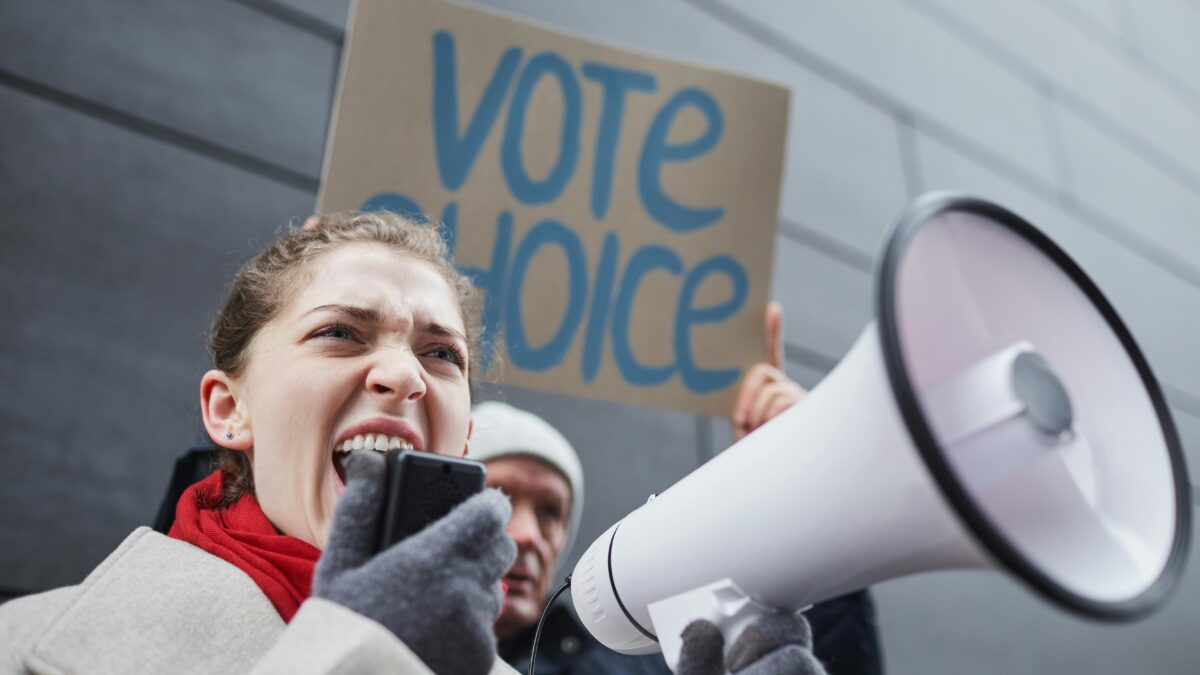New York Democrat Gov. Andrew Cuomo announced Friday the Empire State’s schools are encouraged to re-open this fall for in-person learning after each district outlines public plans approved by state education and health departments in the coming weeks.
The decision to re-open with in-person classes, however, ultimately lies with the roughly 700 local school districts across the state. Cuomo has directed each district to post protocols for what happens if a student or staff member tests positive for the virus. New York City Mayor Bill de Blasio’s plan for re-opening physical schools last week demands a two-week closure once two individuals are infected.
Cuomo said Friday each district may re-open and remain open for in-class instruction as long its surrounding region keeps a coronavirus positivity rate below 5 percent, a recommendation from the World Health Organization (WHO). De Blasio set the threshold for New York City lower, at 3 percent. As of this writing, New York’s low infection rate today enables each district to prepare for allowing students back into classrooms.
“All schools can open,” Cuomo said. “If anyone can open schools, we can open schools, and that’s true for every region in the state.”
The governor’s announcement now makes New York one of the few states in the country with a transmission rate low enough to warrant re-opening under WHO guidelines. Avik Roy, the president of the Foundation for Research on Equal Opportunity, explains for the Wall Street Journal that despite rising cases in the rest of the country, a responsible path to re-opening schools with students in the classroom exists and is even “encouraging” given the lessons learned abroad combined with data showing more individuals aged 1-15 have died from influenza every year than are endangered by the novel coronavirus.
Studies conducted on school re-openings in European countries, Roy wrote, overwhelmingly showed operating schools to be no catalysts for widespread transmission.
The experience of school reopenings has been positive in countries that started with the youngest children, like the Netherlands, and those that started with the oldest children, like Germany. It has been positive in countries that mandated strict physical distancing in schools, like Denmark, and also in countries that did not, like Sweden. And it has been positive in countries where the pandemic has been as deadly in the U.S. and also in countries where it has not.
Still, Roy urged educators to take precautions in welcoming students back in classrooms with sensible measures that include routine temperature checks, a staggered model for high school students, and resources for low-income families to form microschools or “pods” that operate somewhere between homeschools and traditional schools.
While New York’s transmission rate outperforms emerging hotspots elsewhere, such as Texas and Florida, New York still suffers from the second-highest death rate from the virus, with 1,686 deaths per 1 million people. That’s rivaled only by New Jersey at 1,792 per 1 million people. In contrast, Florida’s death rate only stands at 360 deaths per million, while Texas’ is 279 per 1 million people.
New York’s high morbidity rate comes primarily as a consequence of the governor’s decision to force virus-stricken patients into the state’s nursing homes, sparking outbreaks among those most vulnerable to serious complications. Cuomo’s nursing home policy contributed to nearly 6,600 deaths in elderly care facilities, according to the New York Department of Health.









